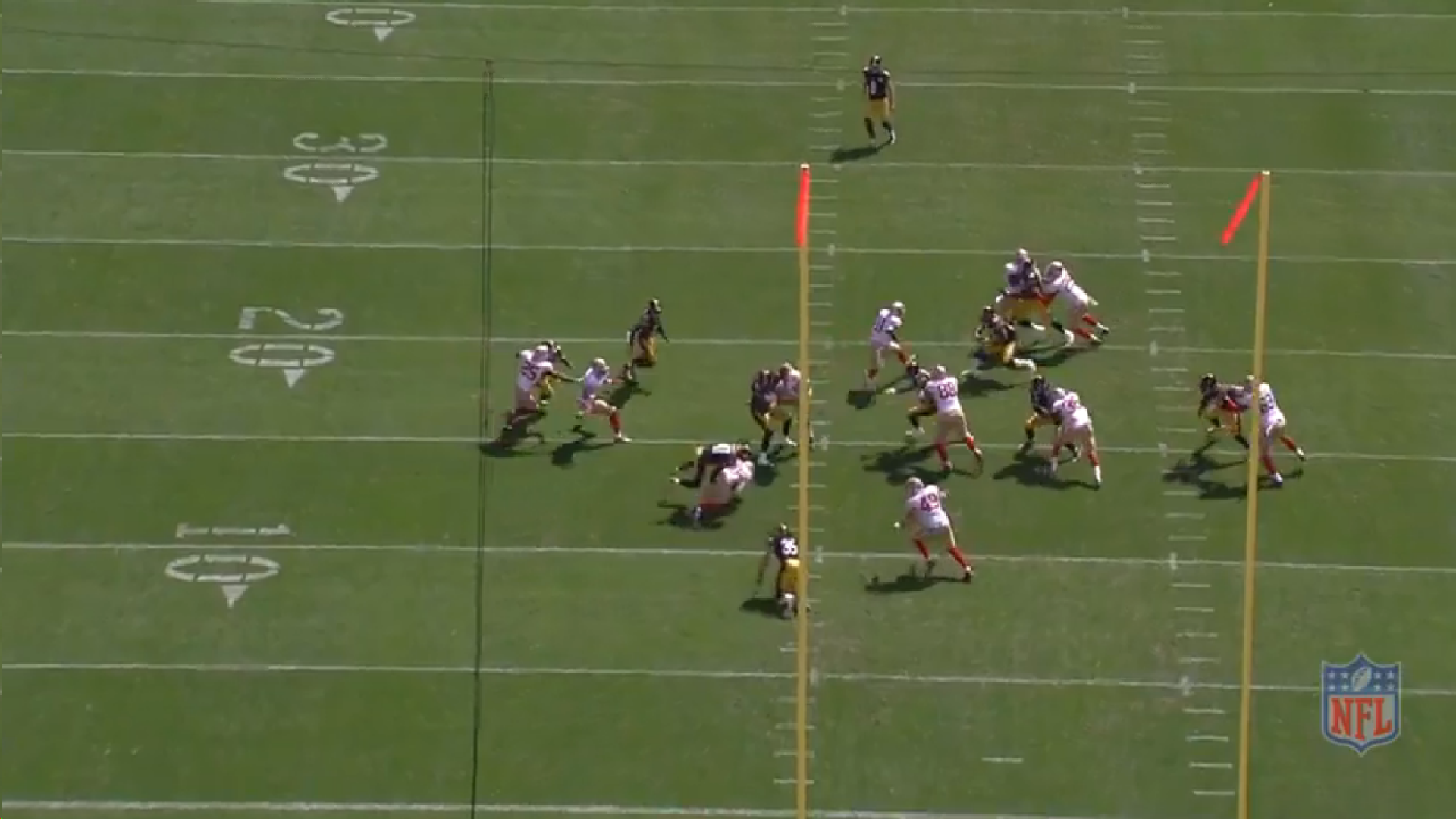If you happen to follow my writing, and have done so during the course of this offseason, then you may have gathered that I am no fan of the league’s new touchback rule—or, to be more accurate, I don’t particularly believe that the rule will accomplish the objective that it was set out to.
Among others who also do not believe, or at least harbor doubts, that the new rule will actually do what it was designed to do are former kicker Jay Feely and Pittsburgh Steelers president Art Rooney II himself.
But as always, there is theory, and there is practice. The new rule—which moves the line of scrimmage upon a touchback on a kickoff from the 20-yard line instead to the 25-yard line—is currently in the experimental phase, where it is being put to the test during the preseason, and the early results are not in its favor.
The favor, or what the NFL was looking for, was to see a reduction in the overall number of kicks that are returned, citing reasons of player safety, given the nature of the play and the sort of speed-based collisions that occur therein that have made it a target for alteration.
From the league’s website recently, NFL Media has calculated that only about one third of all kickoffs during the preseason through the first two weeks have actually gone for touchbacks. In the regular season last year, a bit over 40 percent of all kickoffs were taken for a touchback.
The reasoning behind the rule change was that an extra five yards would incentivize the return man, and the return team, to pass up an opportunity to return the ball out of the end zone, thinking it more likely that they will start with better field position by taking the touchback.
That has proven not to be the case thus far, as out of 279 total kickoffs, 201 of them reached the end zone, but of those 201 that reached the end zone, 109 were returned. In other words, teams passed up on 54 percent of opportunities to take a touchback.
There are, of course, some very important caveats to address when dealing with preseason data. For starters, the majority of players lined up to return kicks during this time of year are players who are competing for roster spots, usually as return specialists. It would stand to reason that they are more likely to pass up a touchback to try to record a quality return.
To counter that, many of the kickoffs in the preseason are also taken by players that will not be on rosters during the regular season, and one can extrapolate from that that many of them might not have to same sort of leg to record touchbacks as those who are employed on 53-man rosters.
The clearest evidence that we can probably take away from all this is, in fact, from the kickoffs early in games with starting kickers and how they conduct their kicks. We have seen teams such as the Steelers and Patriots this preseason deliberately hang their kickoffs short of the goal line to force a return, and this is, I think, where the rule will prove to be ineffective in accomplishing the task it set out to.








